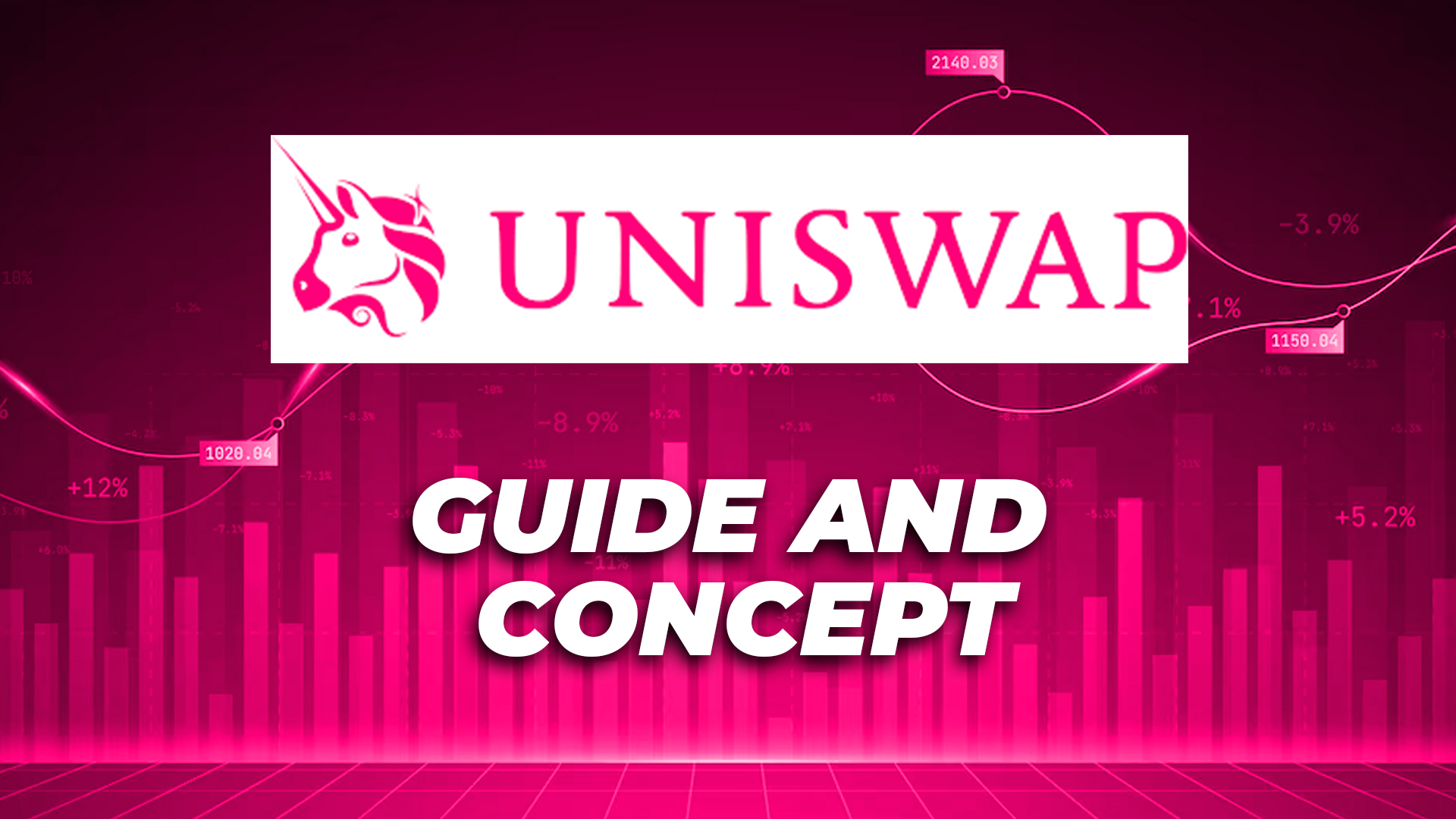

The crypto exchange is not a new concept; the majority of crypto trading takes place on centralized exchanges like Coinbase. The issue with that is that these exchanges are governed by a single authority. To trade their crypto, users have to place their funds under the exchange’s control and follow the order book method of trading. Here comes Uniswap,
Uniswap is defined as a decentralized exchange (DEX) built on Ethereum. It is a DeFi application that has garnered significant attention in recent times. It was launched in 2018 and is considered the second-largest crypto exchange by market cap.
Being a decentralized entity, its control is not subject to any single authority. It is owned and operated by its users themselves. The platform ditches the old trading model and employs a new trading model called the automated liquidity protocol.
Uniswap’s launch has given way to many other decentralized exchanges like Curve, Balancer, SushiSwap, etc. The platform enables its users to trade crypto from anywhere in the world. Its governance token, UNI, allows token holders to participate in voting activities to vote on protocol changes.
Being an open-source platform, Uniswap allows anyone to copy its code and use it to create their own decentralized exchanges. Unlike centralized exchanges that charge high fees for listing new coins, this DEX allows users to list their tokens on the platform for free.
As it is a decentralized exchange, it allows users to keep control of their funds, as opposed to centralized exchanges, which require traders to surrender their private keys to these exchanges to be logged in to the network so that their orders can be executed.
This process is more time-consuming and expensive because instead of executing the transactions through the blockchain, they execute them through an internal database. In the case of DEX, the user possesses the private key. This eliminates the risk of asset loss if the exchange is hacked.
Uniswap uses a new trading model called the automated liquidity protocol. The role of this protocol is to solve the platform’s liquidity problem.
This protocol encourages the traders on the platform to become liquidity providers (LPs). These LPs will pool their money into a fund, and that fund will be used to execute all the trades on the platform.
These LPs receive a token that reflects their contribution to the pool in exchange for providing liquidity to the pool. For example, if someone has contributed $50,000 to a pool that has held $500,000 in total, then the token that they will receive will reflect 10% of that pool.
The liquidity pool for each listed token is separate, which users can contribute to. A computing device determines the prices of these tokens using a mathematical algorithm run by the device.
This system allows users to execute their trade at any known price without waiting for the buyer or seller to show up, given that there is enough liquidity in the pool to carry out the trade.
If an LP decides to exit the pool, they are paid a portion of the total fees reserved against their stake in the pool, and the token that reflects their contribution is destroyed upon their exit.
Token airdrops have historically introduced investors to new blockchain projects. However, many distributions fail to…
Airdrops have traditionally been used to introduce new investors to blockchain projects, but their effectiveness…
The approval of Bitcoin ETFs was one of the most anticipated events in crypto history,…
The blockchain space continues to evolve, with projects pushing security, scalability, and user engagement to…
As the cryptocurrency market recovers from recent volatility, several projects emerge as strong contenders for…
The cryptocurrency market is showing strong bullish signals, with many altcoins poised for significant gains.…
This website uses cookies.